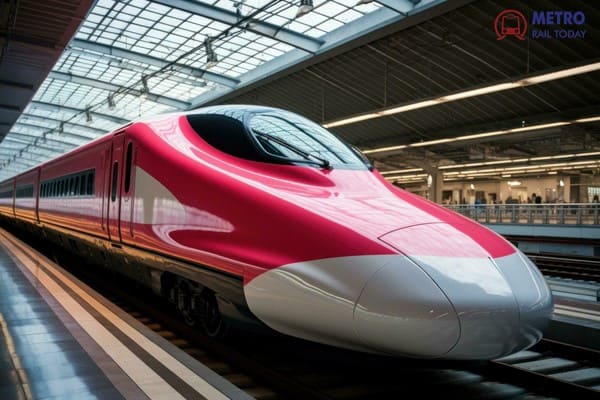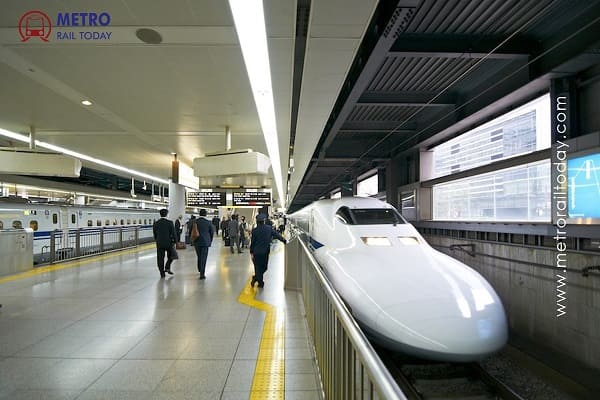 First Undersea Tunnel Breakthrough achieved on Mumbai-Ahmedabad Bullet Train Project
First Undersea Tunnel Breakthrough achieved on Mumbai-Ahmedabad Bullet Train Project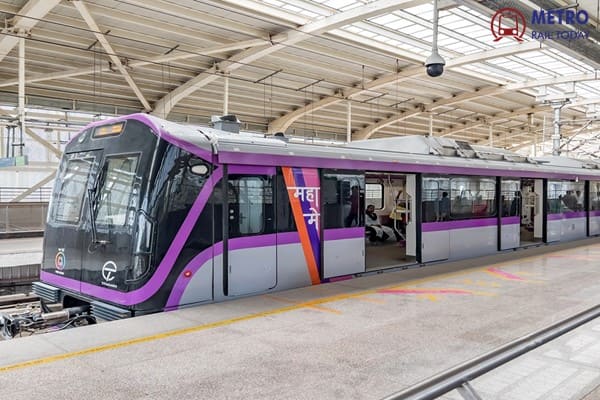 ITD Cementation wins ₹1,644 Cr Civil Contract for Swargate - Katraj UG section of Pune Metro
ITD Cementation wins ₹1,644 Cr Civil Contract for Swargate - Katraj UG section of Pune Metro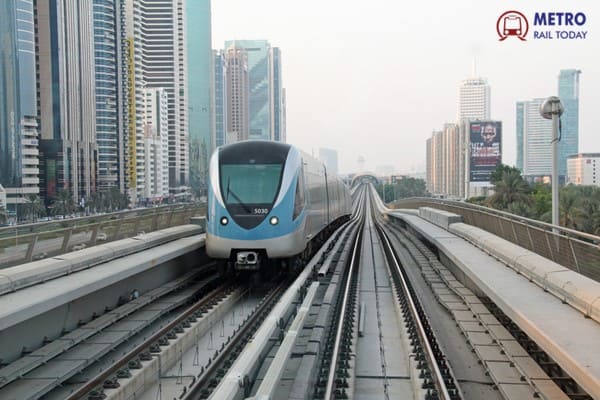 Beyond the Rails: What Indian Metros Can Learn from the World's Best
Beyond the Rails: What Indian Metros Can Learn from the World's Best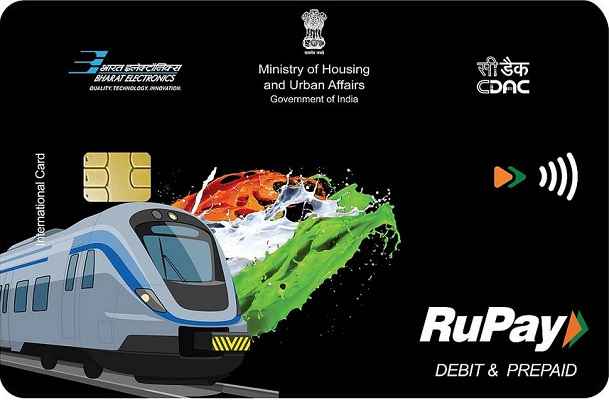 One Nation, One Card: Delhi to launch colour-coded Smart Mobility Cards for Metro, RRTS and Bus
One Nation, One Card: Delhi to launch colour-coded Smart Mobility Cards for Metro, RRTS and Bus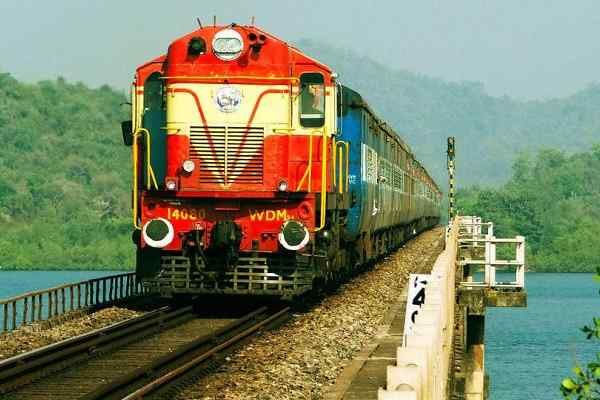 Lotus Wireless Technologies bags Kavach 4.0 Safety System Order for Indian Railways
Lotus Wireless Technologies bags Kavach 4.0 Safety System Order for Indian Railways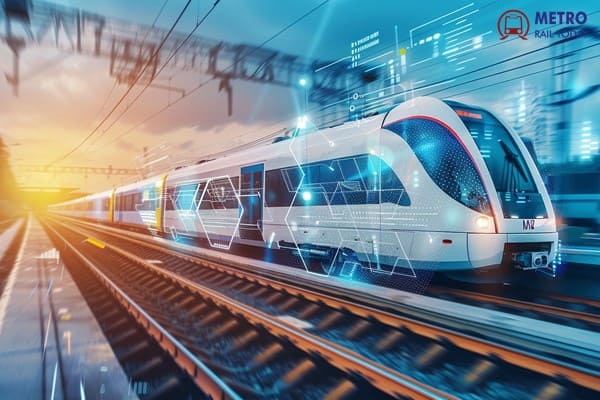 Concord Control Systems bags First Order for KAVACH 4.0 from Indian Railways
Concord Control Systems bags First Order for KAVACH 4.0 from Indian Railways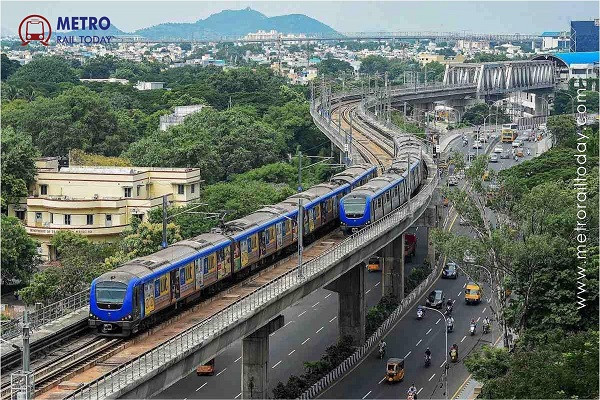 Chennai Metro achieves Engineering Feat at Vadapalani with 3-Level Metro Viaduct on Corridor 4
Chennai Metro achieves Engineering Feat at Vadapalani with 3-Level Metro Viaduct on Corridor 4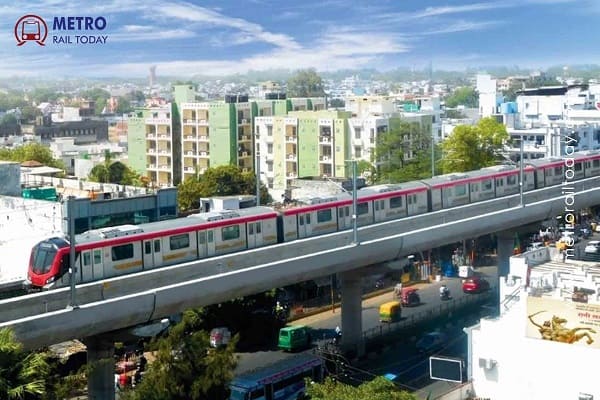 Lucknow Metro: Know 8 Civil Engineering Marvels That Blend Modernity with Heritage
Lucknow Metro: Know 8 Civil Engineering Marvels That Blend Modernity with Heritage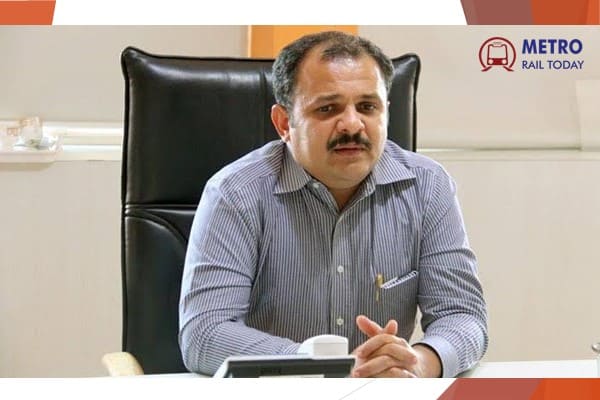 Maha Metro’s Bold Vision: Shravan Hardikar on redefining Urban Mobility in Pune, Nagpur and Thane
Maha Metro’s Bold Vision: Shravan Hardikar on redefining Urban Mobility in Pune, Nagpur and Thane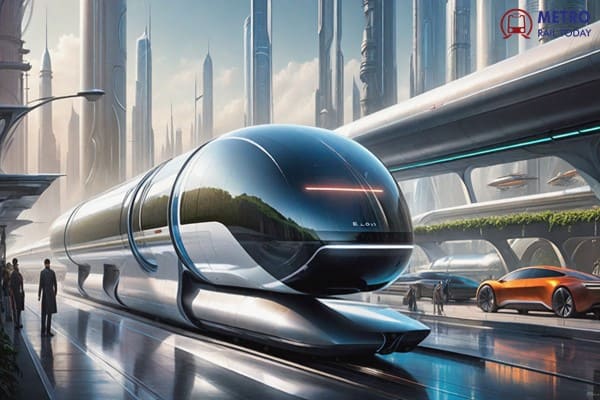 TuTr Hyperloop and IPRCL sign MoU to reinvent Cargo movement at Indian Ports
TuTr Hyperloop and IPRCL sign MoU to reinvent Cargo movement at Indian Ports
Vietnam approves $67 billion for Hanoi-Ho Chi Minh City High Speed Rail Project
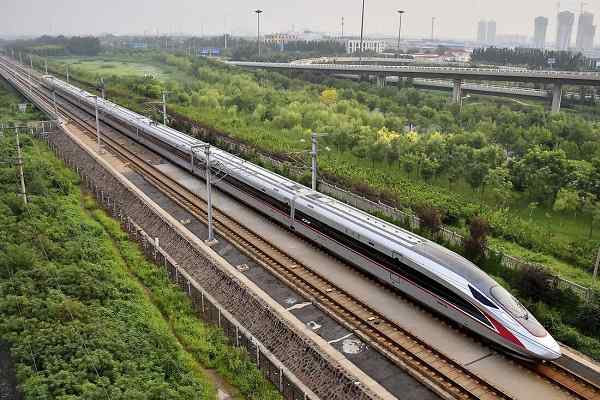
Hanoi, Vietnam (Metro Rail Today): Vietnam’s National Assembly has officially approved the construction of a transformative high-speed railway that will link Hanoi, the northern capital, to Ho Chi Minh City, the southern economic hub. The monumental $67 billion project, approved on November 30, is set to revolutionize travel and commerce along the 1,541-kilometer (957-mile) route, which is expected to become one of the most ambitious infrastructure initiatives in the country’s history.
Once completed, the high-speed railway will dramatically reduce travel times between the two major cities. Trains will be capable of speeds up to 350 kilometers per hour (217 mph), cutting the current journey time of 30 hours down to just five hours. This rail line will serve both passenger and freight transportation and is expected to support vital defense operations as well.
The project is slated to begin construction in 2027, with full operations expected to commence by 2035. The railway will pass through 20 provinces and cities, with 23 passenger stations and five freight stations strategically located along the route.
Vietnam's Deputy Minister of Transport, Nguyen Danh Huy, emphasized the project's critical importance in addressing the growing transportation demands between the north and south of the country. “This project is pivotal for restructuring transport shares and serves as a cornerstone for Vietnam’s leap into a new era of growth,” he said.
A Major Boost for Vietnam’s Economic Landscape
The high-speed railway project is not just about improving travel—it’s seen as a critical move to bolster Vietnam's economic growth. With road transport often inefficient and costly, particularly due to the country's underdeveloped expressways, Vietnam has prioritized major infrastructure upgrades to remain competitive in the global market. The new railway will facilitate the movement of goods and people across the country, strengthening Vietnam's position as an attractive alternative to China for foreign businesses.
Dan Martin, an International Business Advisor at Dezan Shira & Associates, praised the railway as a potential game-changer for Vietnam’s economy. "This project will supercharge the Vietnamese economy by making it easier for crucial components to reach manufacturing hubs and expediting the delivery of finished goods. It will boost production, reduce lead times, and solidify Vietnam’s role in global supply chains,” he said.
Vietnam Revisits Ambitious Bullet Train Plans After Financial Setbacks
This new project marks a significant shift from previous attempts to build a high-speed rail network in Vietnam. Over the past two decades, Vietnam has faced numerous hurdles, including concerns about the high cost and economic feasibility of such an undertaking. In 2010, the Vietnamese National Assembly famously rejected an earlier proposal to build a high-speed rail system, which was estimated at $56 billion, citing doubts over its financial sustainability and the risk of alienating the majority of the population, who would be unable to afford the likely high fares.
Despite such setbacks, the growing demand for modern infrastructure and the success of high-speed rail in other Southeast Asian nations, including Laos and Indonesia, has reignited interest in the project. As Southeast Asia increasingly embraces high-speed rail, Vietnam sees the opportunity to become a stronger player in a region rapidly advancing in rail development.
“The momentum behind high-speed rail projects is undeniable,” Martin said, pointing to the growing wave of similar projects across Southeast Asia. “Vietnam is positioning itself for a new chapter in regional connectivity.”
The Geopolitical Implications: China and Japan Compete for Influence
With the approval of the $67 billion railway, competition between China and Japan for a key role in the project is heating up. Both nations have long viewed Southeast Asia, particularly the high-speed railway sector, as a battleground for influence.
China, a dominant player in the global high-speed rail industry, has already made significant investments in rail infrastructure across the region. Experts from Chinese companies are optimistic about their potential involvement, citing China’s expertise in building high-speed rail at competitive costs. However, many details of the project are still unclear, including funding models and specific technology choices.
A Chinese industry insider told the Global Times, “We have been following this proposed project for a long time. Though much is still uncertain, Chinese companies are well-positioned to play a significant role, particularly in areas like telecommunication, signaling, and electrical systems.”
While China is already a vital trading partner for Vietnam and a key supplier to its manufacturing sector, ongoing territorial disputes in the South China Sea, combined with Vietnam’s growing strategic ties with the United States and Japan, complicate the situation.
On the other hand, Japan is also vying for involvement in Vietnam’s high-speed rail ambitions. As Vietnam’s largest donor of Official Development Assistance (ODA), Japan has consistently supported the country’s infrastructure projects. Between 1992 and 2021, Japan contributed approximately $17 billion in aid, representing 30% of all international support to Vietnam. This long-standing partnership has led many to believe that Japan will play a significant role in the new railway project.
Japan’s commitment to Vietnam’s infrastructure development was reaffirmed in early 2024, when then-Finance Minister Shunichi Suzuki pledged continued support for the country’s railway ambitions. In June, Japan’s Ambassador to Vietnam, Ito Naoki, emphasized Tokyo's strong interest in assisting with the North-South express railway.
What’s Next for Vietnam’s High-Speed Rail Project?
The decision on whether to award the contract to China, Japan, or another bidder will have profound implications for both Vietnam’s infrastructure development and its broader geopolitical strategy. With construction set to begin in 2027 and operations slated for 2035, the competition between China and Japan will continue to intensify in the coming years.
As Vietnam takes bold steps to modernize its infrastructure and position itself as a hub for regional trade and investment, the success of this high-speed railway could become a pivotal chapter in the country’s ongoing economic transformation.





